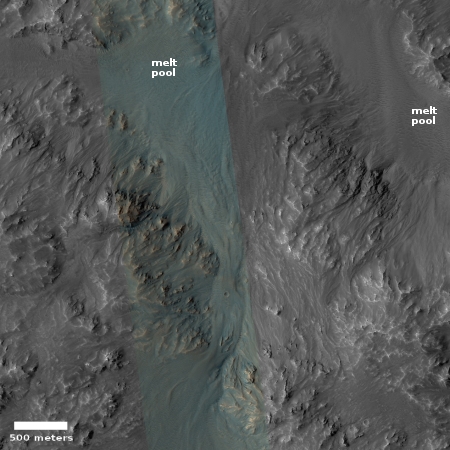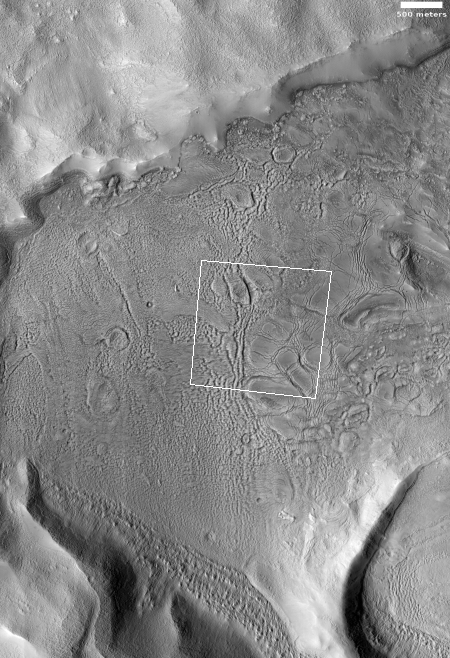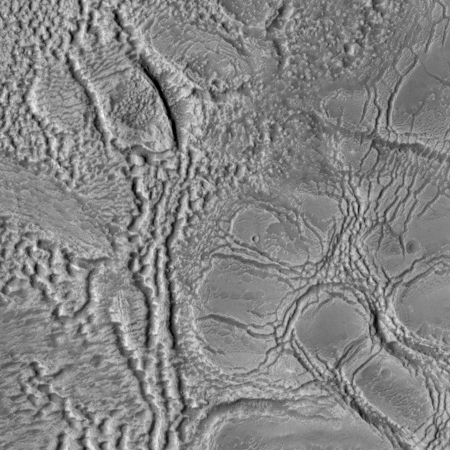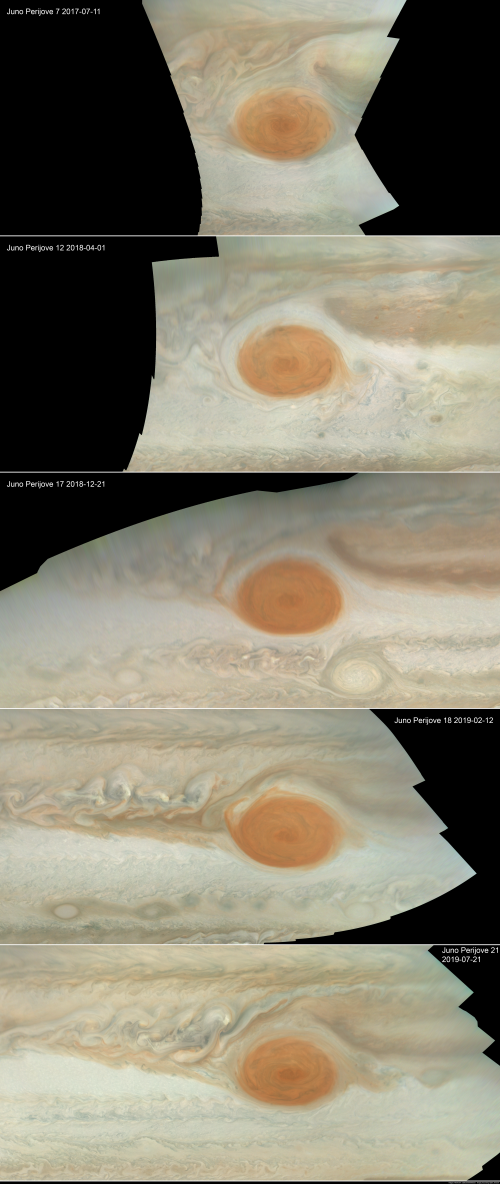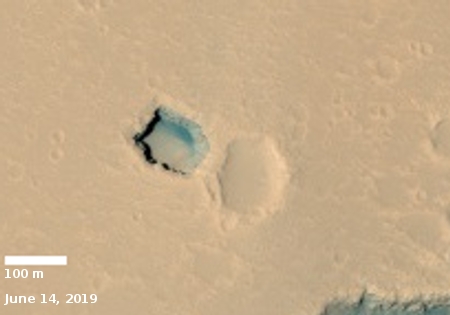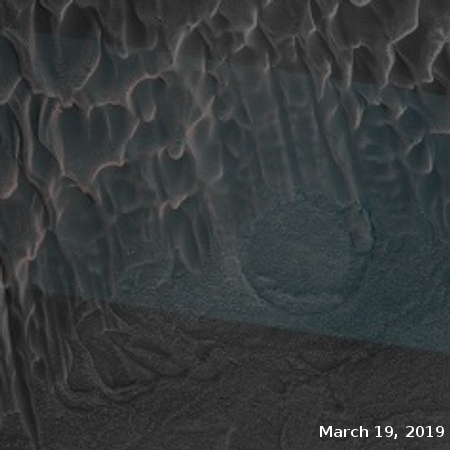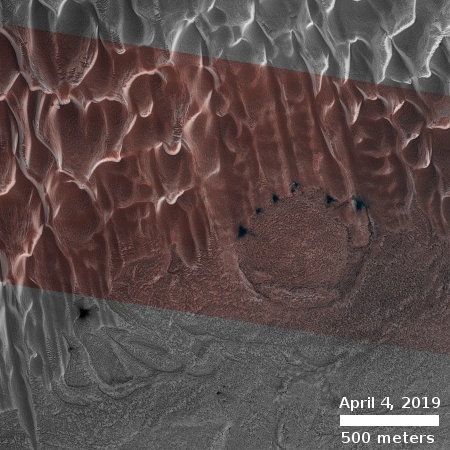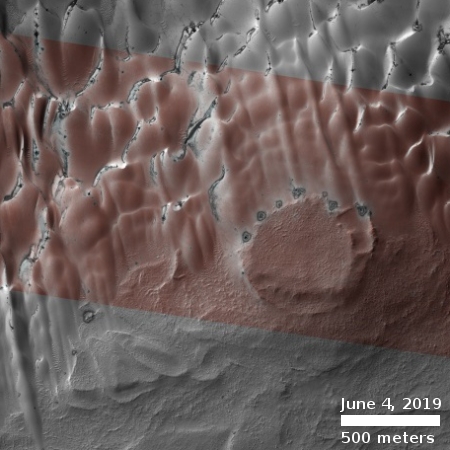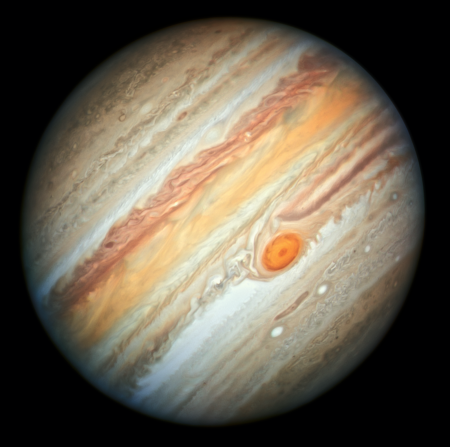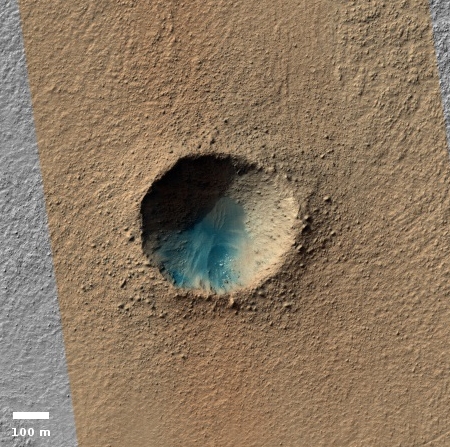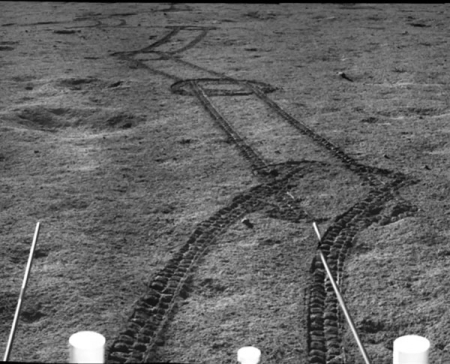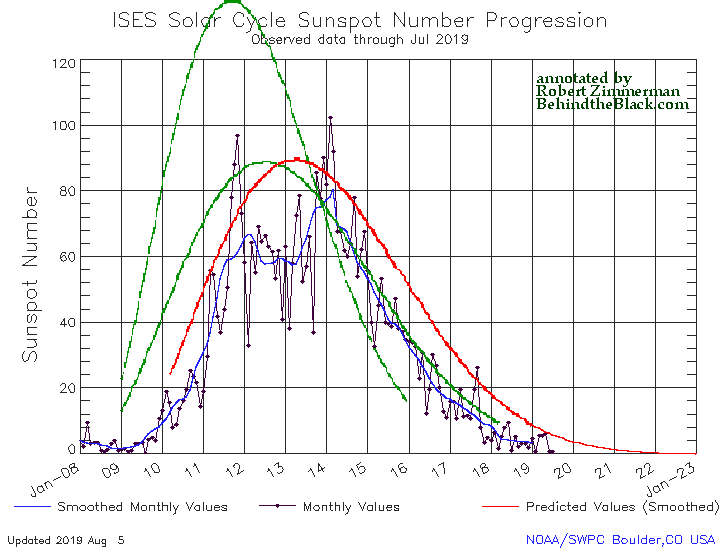At a conference today
Posting will be intermittent, as I am attending a one day conference [pdf] at the University of Arizona being put on by Lunar & Planetary Laboratory.
Tidbits posted as I hear them (these tidbits do not involve new results that are still embargoed):
-Data from OSIRIS-REX at Bennu and Hayabua-2 at Ryugu have found that while both are rubble pile asteroids, there is evidence that suggests that Ryugu, but not Bennu, was subjected to heating in the past. In other words, it had been cooked.
-We presently possess no meteorites with a chemical make-up that matches the data obtained from orbit around Mercury. This isn’t a surprise, as any material thrown from the surface by an impact would not likely have the energy and velocity required to climb up out of the Sun’s gravitation well and get to Earth. Material from Mars however can easily fall into that well, which is why it is not difficult to find meteorites from Mars on Earth.
– Unlike the Earth, where atmospheric circulation in the north and south hemispheres is independent, Titan’s atmosphere is actually one large Hadley Cell, with flow going from one hemisphere to the other, depending on season.
-The evolutionary changes in Neptune’s orbit over time is thought to have caused the high inclination orbits seen in the objects in the Kuiper Belt, which are a mystery since all these objects must have once been confined within the protoplanetary disk, today’s plane of the solar system.
-Despite finding thousands of candidate exoplanets, Kepler found none in the habitable zone. This does not mean habitable exoplanets are rare, but that there were certain biases in Kepler’s observations that caused this lack.
-There is a lot of research going on to study buried ice/glaciers here on Earth. This work is directly aimed at better understanding the many buried glaciers now thought to exist on Mars.
Posting will be intermittent, as I am attending a one day conference [pdf] at the University of Arizona being put on by Lunar & Planetary Laboratory.
Tidbits posted as I hear them (these tidbits do not involve new results that are still embargoed):
-Data from OSIRIS-REX at Bennu and Hayabua-2 at Ryugu have found that while both are rubble pile asteroids, there is evidence that suggests that Ryugu, but not Bennu, was subjected to heating in the past. In other words, it had been cooked.
-We presently possess no meteorites with a chemical make-up that matches the data obtained from orbit around Mercury. This isn’t a surprise, as any material thrown from the surface by an impact would not likely have the energy and velocity required to climb up out of the Sun’s gravitation well and get to Earth. Material from Mars however can easily fall into that well, which is why it is not difficult to find meteorites from Mars on Earth.
– Unlike the Earth, where atmospheric circulation in the north and south hemispheres is independent, Titan’s atmosphere is actually one large Hadley Cell, with flow going from one hemisphere to the other, depending on season.
-The evolutionary changes in Neptune’s orbit over time is thought to have caused the high inclination orbits seen in the objects in the Kuiper Belt, which are a mystery since all these objects must have once been confined within the protoplanetary disk, today’s plane of the solar system.
-Despite finding thousands of candidate exoplanets, Kepler found none in the habitable zone. This does not mean habitable exoplanets are rare, but that there were certain biases in Kepler’s observations that caused this lack.
-There is a lot of research going on to study buried ice/glaciers here on Earth. This work is directly aimed at better understanding the many buried glaciers now thought to exist on Mars.

